Warszawa (PL)
The Synthetic Site Folder and Site Brief are available for free.
Please register and login to access the Complete Site Folder.
- Synthetic site folder EN
- Site Brief EN | PL
- Site on Google Maps
- Back to map
Data
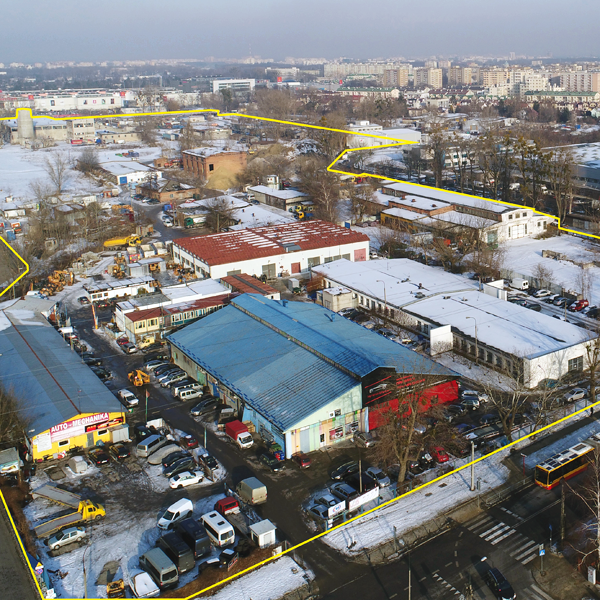
Project Scale XL - Territorial, urban
Location Warszawa
Population City 1,744,357 inhab., Conurbation 3,100,000 inhab.
Strategic site 960 ha – Project site 17 ha
Site proposed by Capital City of Warsaw
Actors involved city authorities, inhabitants, local communities, owners of local business, developers
Owners of the site Capital City of Warsaw, State Treasure of Poland, private owners
Post-competition phase Urban study
Team representative Architect, landscape architect, urban planner
More Information
How can the site contribute to the productive city?
Warsaw as a large city has been dynamically developing for over 25 years now. While this process continued and it’s planning system remained inert, new problems connected with an urban expansion started to occur. Therefore, nowadays Warsaw struggles with an increase of new and uncontrolled settlements on areas that had clearly never been prepared to serve as such. This caused problems with city transportation and utility infrastructure distribution. The project site, however underutilized, is well-connected the city centre. It can be easily reachable by bus and in a near future by a subway as well. The aim is to propose a modern part of a city that offers to its inhabitants not only an access to basic services, working places, public transportation but serves as a decent place to lead a sustainable live in.
City strategy
Warsaw has 1.7 million inhabitants, but in its conurbation the population is over 3 million. Warsaw is Poland’s largest city and a political, economic and cultural hub. It is well-known for its rich history. As the new vision of the city is realized, by 2030 it will have active inhabitants, friendly places and will become an open metropolis.
Site definition
The project site is located in the western part of Warsaw, around 5 km from the city center. It is part of two districts called Wola and Bemowo. It is a flat, post-industrial area that had been abandoned. Building infrastructure there is in poor condition and remnants of the former construction prefabrication enterprise are visible. The site is surrounded by newly built residential blocks, private houses and a throughway to the north. There is a planned north/south running expressway nearby as well. This will increase its air pollution and will expose the site to new traffic noise emissions. Contamination may come from the soil too, due to the fact that this area has been utilized intensively in the past and because it is located close to a cemetery. Moreover, the site has poor soil conditions. It is built out of clay, water-glacial sediment, and features shallow ground water, which may cause structural hindrances.
How is Production Considered in the Urban Diversity Program?
How to design growing cities so that they are livable, sustainably effective and at the same time able to product? The question of how to keep a “productive” site of the city is a burning issue in Warsaw. The aim of the task is to develop a vision for a development located in a part of the city that has once been the biggest production center of Warsaw. Authorities of the city seek solutions that propose diverse architectural and design mechanisms that would let the site be as sustainably self-sufficient as possible. During design process one should think not only of how to connect the project site to the city structure or of its connection to the districts it belongs to but also how to combine the area to already existing surrounding urban structure. Given the sites’ strategic location one should focus on the importance of communication. It is crucial to consider how traffic and public transportation circulation along the Górczewska street could harmonize with the site. Then to examine how the site is connected to the railway system and how to develop the potential of such a bond. Solutions that deal with the traffic noise and air pollution and also with Warsaw’s climate conditions; wind, solar radiation, and temperature need to be proposed as well. Finally, the authorities of Warsaw expect to see ideas that analyze how the site’s future greenery structure and its productive side could coexist.
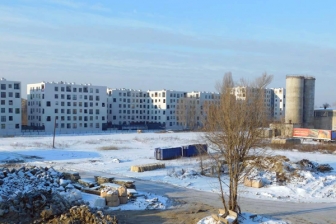 New residentil development on the West of the site
New residentil development on the West of the site
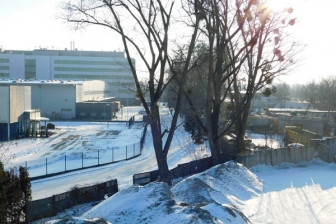 S-E view from of the centre of the site
S-E view from of the centre of the site
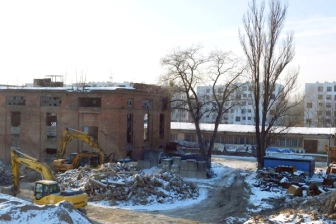 S-W view of the centre of the site
S-W view of the centre of the site
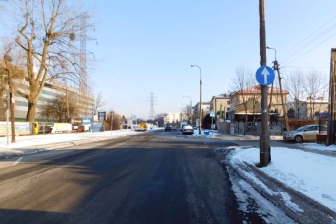 Olbrachta Street, South of the site
Olbrachta Street, South of the site
Questions on the site
You have to be connected -and therefore registered- to be able to ask a question.
This site is connected to the following theme
And productive again! How to Reintroduce the Productive Economy into New Urban Districts? Many formerly industrial places in and around cities are now out of use. Buildings were left in a derelict state, activities have been moved or stopped, sites became brownfields. Obsolescence is the common feature of these sites and the future is uncertain. Mostly, we dream of turning them into new vibrant urban quarters. But to avoid total gentrification as it has appeared many urban renewal projects in the past, we should perhaps try to put some productive activity in these sites… again? Because these sites were once industrial and linked to the city. Because there is a will for a really mixed city, and that mix includes productive economy as well.
How to Reintroduce the Productive Economy into New Urban Districts?
Questions on the site
You have to be connected –and therefore registered– to be able to ask a question.
Fr. 16 May 2025
Deadline for submitting questions
Fr. 30 May 2025
Deadline for answers
Before submitting a question, make sure it does not already appear in the FAQ.
Please ask questions on sites in the Sites section.
Please ask questions on rules in the Rules section.
If your question does not receive any answer in 10 days, check the FAQ to make sure the answer does not appear under another label or email the secretariat concerned by the question (national secretariat for the sites, European secretariat for the rules).